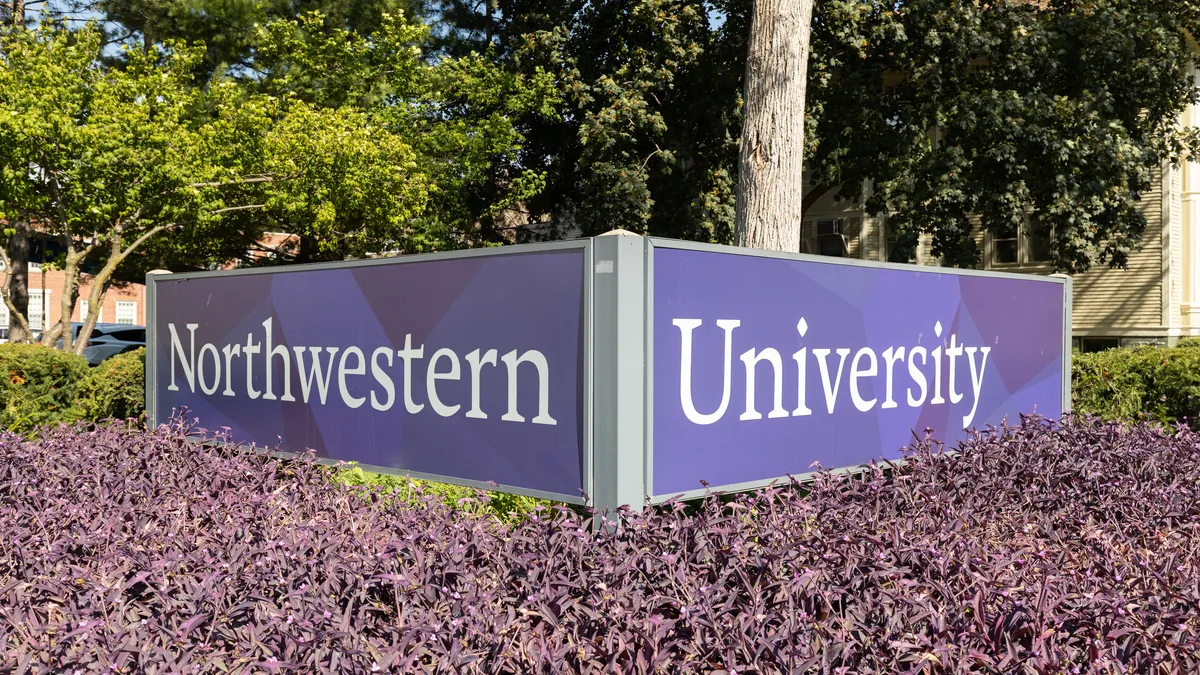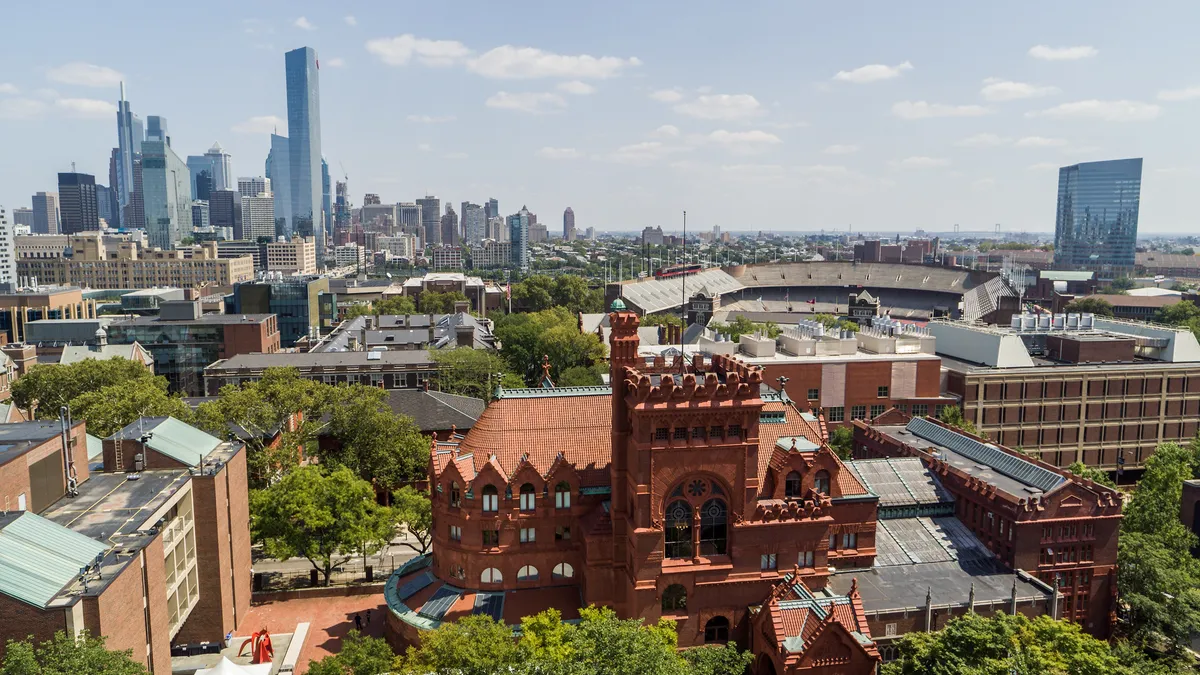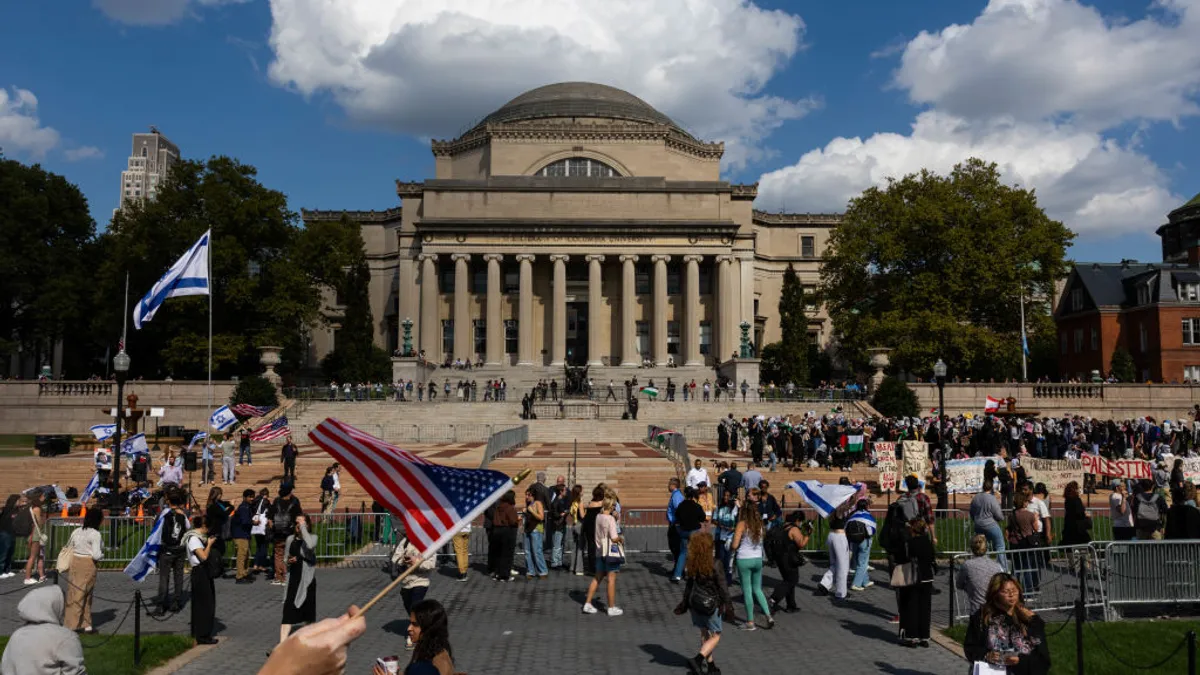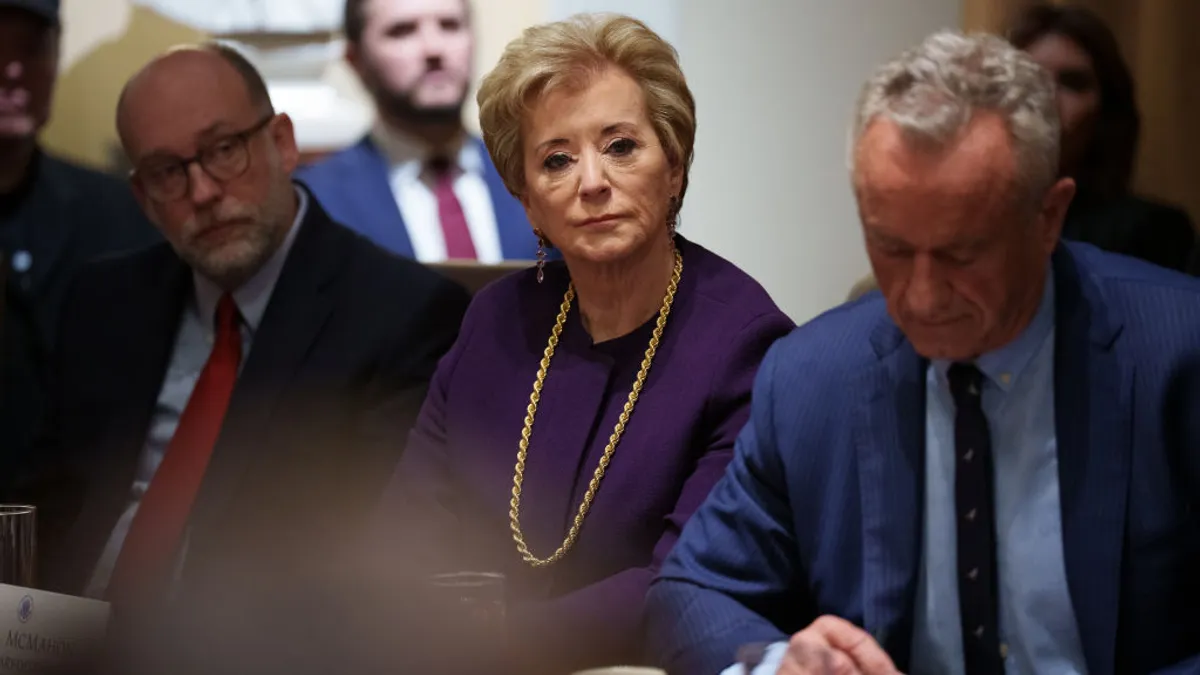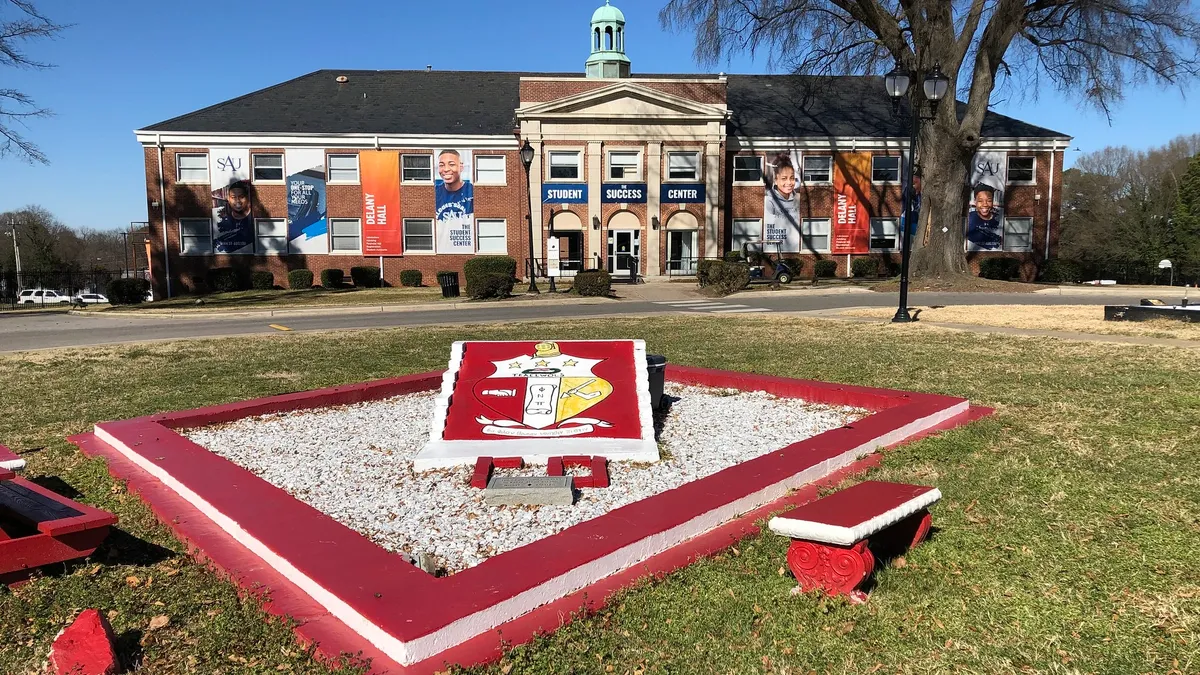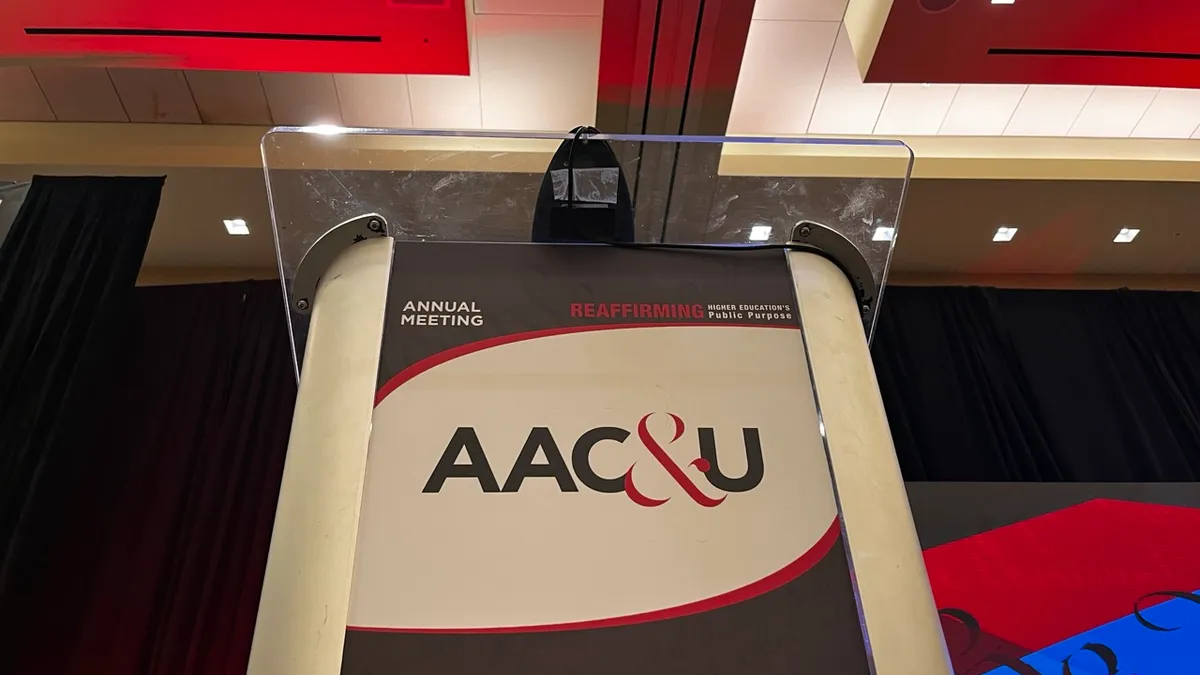When James Wimbush was a student in the 1980s, he went to a professor's office hours for advice on a class he was taking. He recalls being told, "You seem smart," so he would likely pass. But he also remembers the professor telling him something else about the course.
"Blacks often struggle."
Wimbush, who is now a dean and vice president for diversity, equity, and multicultural affairs at Indiana University, had never had a Black professor at that point. He sought one out to help make sense of the encounter.
It wasn't that he needed someone who looked like him in order to succeed, Wimbush said during a recent interview. It would make him feel more included.
"I had to find a faculty member who wasn't in my discipline to help me process what I'd heard and talk about how to be a thriving student," he said.
Wimbush is helping spearhead a new hiring initiative at Indiana U, a seven-year, $30 million effort focused on increasing faculty and researcher diversity. It's one of many such initiatives launched by universities over the past year as leaders seek to create or cultivate a more inclusive academic and social experience for all campus stakeholders. Ohio State University, Dartmouth College and the University of California, Berkeley, have all launched new hiring initiatives focused on diversity and equity, to name a few.
To many, the murder of George Floyd in May 2020 and ensuing Black Lives Matter protests over police killings were a catalyst for thinking about race and equity differently. The events of that summer brought about a national discussion about systemic racism and the many ways it creates barriers to educational, health and economic success for people who are not White. As a result, higher education institutions are looking more deeply at their own systems and how they create barriers to equity. The general lack of diversity among faculty — on average, three out of four full-time faculty are White — is but one of them.
Efforts to diversify the faculty are also about better serving today's students, according to Alexa Silverman, associate director at the educational consulting firm EAB.
"In addition to the fact that we're in the middle of a national conversation about race, students are also more diversified," Silverman said. "Student success is at the core of institutions' missions. They want to make sure everyone can find a sense of belonging, that they can have a mentor who looks like them."
A deeper approach to inclusion
Equity and inclusion have been an increasing focus in higher ed institutions for years — many universities launched new offices and task forces to do this work after the police shooting of Michael Brown in Ferguson, Missouri, and the national protests that followed in 2014. But those leading many of the current diversity efforts say these initiatives are different.
"We've talked about it for years now," Wimbush said of Indiana U's hiring efforts. "But we've never had an initiative of this magnitude and this focus."
Indiana U and other institutions like West Virginia University and the University of Washington are approaching equity as a three-legged stool made up of recruitment, retention and postdoctoral support.
At Indiana U, that means ensuring postdoctoral candidates from underrepresented populations can have a clear pathway to becoming tenure-track faculty. The university is also increasing resources for professors aimed at keeping them. Wimbush's office plans to add a new position responsible for working with new hires, making sure they have the academic resources they need to thrive, addressing any onboarding issues and getting them connected to peers around campus and in the community.
"We've never had an initiative of this magnitude and this focus."

James Wimbush
Dean and vice president for diversity, equity, and multicultural affairs at Indiana University
Too often, he said, people are willing to entertain offers elsewhere because they don't feel as if they belong, their academic work isn't prioritized or they don't feel any real connection to the larger community.
"We want to be working on the aspects of the climate that might stand in the way of them feeling, 'This is the place I want to stay,'" Wimbush said.
The cluster hire strategy
Two hours away in West Lafayette, Purdue University is taking a slightly different approach. It's one of many institutions turning to cluster hiring to diversify faculty and advance social justice and related research.
Cluster hiring, or hiring new employees in groups, can promote interdisciplinary collaboration. Colleges can also use it to increase employee diversity, especially when institutions target research areas that tend to have more Ph.D. candidates from underrepresented populations.
In addition, the practice can have the side benefit of helping colleges find candidates for future positions outside of the cluster hire. Allegheny College, in Pennsylvania, UC Berkeley, and the University of Miami are just a few of the other institutions embracing this approach.
Purdue's cluster hiring initiative is one of the directives from the school's $75 million Equity Task Force, which is charged with examining structural and environmental barriers to the success of students, faculty and staff of color. The initiative is a five-year effort to hire 40 full-time faculty through several academic clusters.
"All of these issues came into such a sharpened focus during the pandemic."

Peter Hollenbeck
Vice provost for faculty affairs at Purdue University
The first cluster hire began in fall 2021, and the university is seeking 14 faculty in public health, including in areas such as policy, equity, communications, nursing, pharmacy and nutrition. The goals include expanding Purdue's public health program, responding to the region's growing workforce demands and providing greater career opportunities for underrepresented faculty.
"All of these issues came into such a sharpened focus during the pandemic," said Peter Hollenbeck, Purdue's vice provost for faculty affairs. "There are significant public health problems and disparities that can be impacted by university research and engagement. It's a place where we think we can really have a big impact."
For educators and researchers, being part of a cluster hire means new faculty have an instant support structure and network of like-minded scholars. Terri Francis, who was part of a University of Miami cluster hire, recently told Insight Into Diversity it was "an opportunity not to be missed."
"Getting to collaborate with many Caribbeanists and to work alongside Black scholars in literature, the sciences, the law, and so many other disciplines is rarer than you think," she told the publication.
EAB's Silverman said faculty from underrepresented populations tend to report feeling burned out more than their White colleagues. A lack of strong support networks is a major contributing factor. So too is that non-White students often seek out the relatively few non-White faculty members as mentors.
That so many colleges nationwide are putting energy — and funding — toward these kinds of efforts has Silverman optimistic for the future of academic research possibilities. Diverse organizations have been shown to be more innovative and more effective, she said. And universities want to be solving problems for the next decade.
"These issues won't go away unless everyone pitches in," she said.








